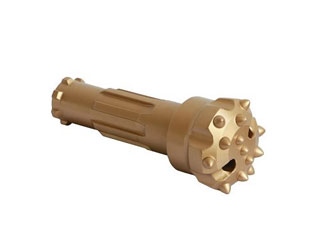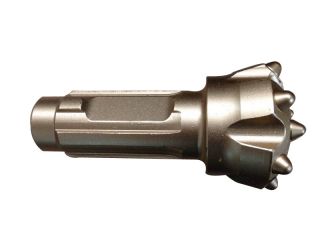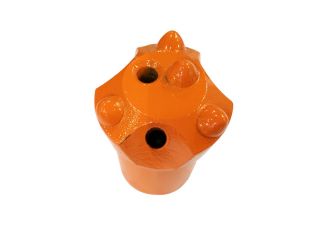Common Accidents in DTH Hammer Drilling: Causes and Preventive Measures
- Date:2023-08-23
- Share with:
DTH (Down-The-Hole) hammer drilling relies on high-frequency impact crushing, delivering drilling speeds over ten times faster than conventional methods. However, a variety of accidents can arise due to operational techniques and complex geological formations. This article addresses typical accidents in air DTH hammer drilling, encompassing hammer head fractures, hammer tooth breakage, hammer blockages, and rock powder backflow, providing a comprehensive analysis of each scenario.
1. Hammer Head Fractures:
Hammer head fractures often occur at the diameter transition point of the hammer head spline. The causes typically include:
a.Poor quality hammer heads with low fatigue resistance and shear strength.
b.Excessive drilling pressure leading to bending, vibration, and fatigue damage.
c.Uneven hardness of formations resulting in continuous torque changes.
★Preventive Measures:
• Source hammer heads from reputable manufacturers to ensure quality.
• Adjust drilling parameters for varying formations.
• Gradually increase pressure in uncertain strata.
• Lower drill pressure in softer rock formations.
• Choose DTH hammers with anti-off sleeves.
• Promptly retrieve broken hammer heads from the well.
2.Hammer drill bit button Breakage:
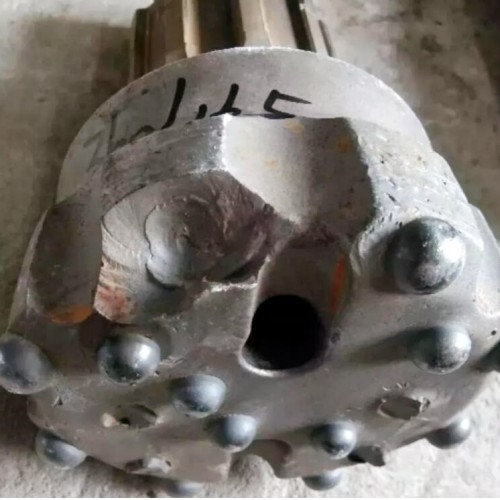
Hammer drill bit button breakage is mainly attributed to formation characteristics, drilling parameters, and operational methods.
★ Mitigating measures involve:
• Pre-adjusting drilling technical parameters.
• Conducting initial test drilling with low pressure.
• Using small drilling pressure and speed.
• Applying even pressure during drilling.
• Selecting appropriate hammer heads.
3.Hammer Blockages:
Blockages stem from unclean drilling tools, pipeline debris, and inner wall attachments.
★ Effective solutions encompass:
• Thoroughly cleaning ground air pipelines.
• Disassembling and cleaning complex pipeline parts.
• Cleaning drilling tool inner walls before use.
4. Rock Powder Suckback and DTH Hammer Blockages:
Suckback blockage arises from debris accumulation in the well, often worsened by "thick paste" conditions.
★ Remedies involve:
• Inspecting and replacing damaged check valve components.
• Verifying piston, cylinder, and gas distribution valve sealing.
• Adhering to operational protocols.
• Incorporating a float valve joint to manage pressure differences.
• Reacting promptly to air supply disruptions.
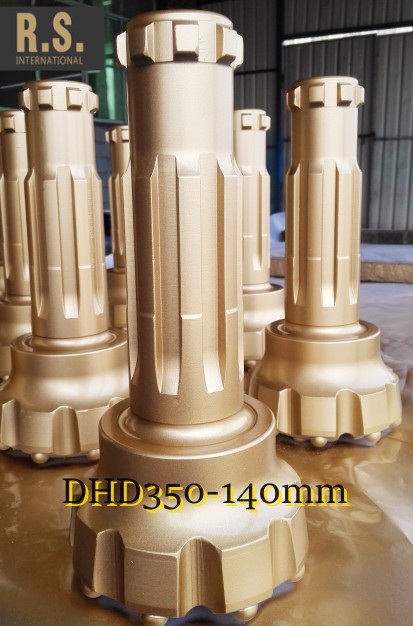
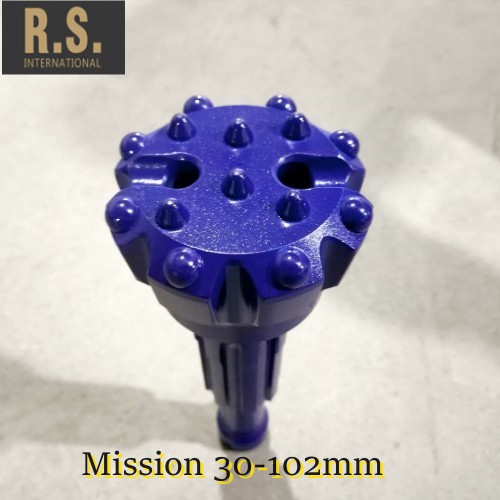
Understanding and addressing common accidents associated with DTH hammer drilling is crucial for safe and efficient operations. Employing proper preventive measures and responsive solutions will contribute to enhanced drilling performance and overall safety.


